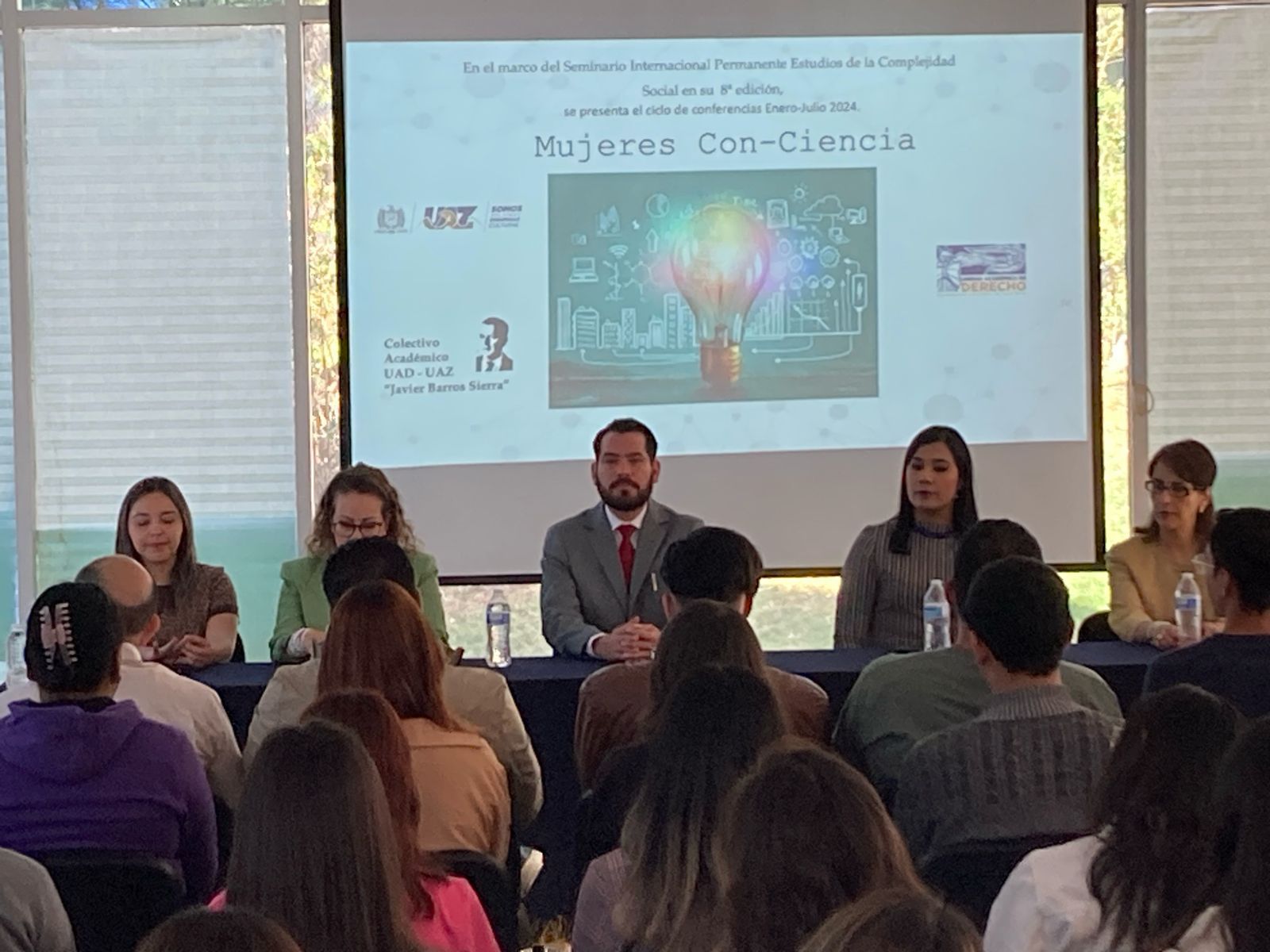GARY HANINGTON
The dog-bone-shaped asteroid orbiting Jupiter and Mars is actually a unique body in our Solar System. Named after the famous Egyptian queen Cleopatra, she travels with two small moons in tow. It’s certainly a strange sight compared to all the boring spherical objects that surround our sun. This week, the European Southern Observatory just published new photos, which tell us more about this strange object.
Cleopatra was discovered on April 10, 1880 by Austrian astronomer Johann Palisa at the Pola Naval Observatory in what is now Pula, Croatia. For the record, astronomer Palisa was a prolific asteroid seeker, he found 122 during his lifetime and did so without using any photographs (as other astronomers did), detecting them all with the naked eye. As a token of his love, he even named an asteroid after his wife, Benda, in 1912.
You will recall that most of the asteroids in our Solar System are found in what astronomers call the Asteroid Belt and this is where Kleopatra resides, about 2.7 times the distance our Earth is from the Sun. There are many asteroids in this region. . At this point in 2021, hundreds of thousands of those bodies are now known and named. Some astronomers speculate that the total number of asteroids could exceed several million, depending on their size, ranging from golf balls to dwarf planets. More than 200 asteroids are known to be over 70 miles in diameter, and some are so large and bright, like Vesta, that they can be seen with the naked eye. Although Cleopatra’s length is approximately 80 miles, she cannot be seen without the aid of binoculars, as she has a known magnitude of brightness of only 7.5 (6 is the limit that can be seen with the eye and the highest numbers are more dark).
People are also reading …
Before we talk about Kleopatra, let’s see what an asteroid does. Scientists have grouped its composition into three different basic types. The most common are carbonaceous asteroids. They are rich in carbon and correspond to the primordial composition of the early solar system. The second most common are asteroids composed of silicates and account for about 17% of the total population. They are usually found in the center of the belt, equidistant between Jupiter and Mars. Then there are the rare metal asteroids made of iron and nickel. Less than 10% are metallic asteroids. Some astronomers believe they come from the metallic core of a primitive planet that somehow broke apart, perhaps being hit by another object or split in two by Jupiter’s intense gravitational field. Metallic asteroids are generally very bright and are believed to be the source of the iron meteorites found on Earth. Kleopatra is this type of asteroid and is therefore quite rare. Because it is metallic, it can be easily visualized by a ground radar, manufactured in 2000 by the Arecibo Observatory in Puerto Rico. They definitely showed that the object was actually shaped like a bone.
As with some larger asteroids, in 2008 Kleopatra was discovered to have two small moons. Franck Marchis found them using the large Keck telescope on Mauna Kea in Hawaii. The outer was named Alexhelios and the inner Cleoselene, in honor of Cleopatra’s children, Alexandre Helios and Cleopatra Selene. Both are less than six miles in diameter and orbit with periods of 2.3 and 1.2 days, respectively. The moons could be smaller asteroids that somehow got caught in the way or, as some believe, broken fragments of the main body that fell off.
Using the orbit times of the moons and Newton’s law of gravity, the mass of Kleopatra was determined to be about 5.4 tons. Knowing this and the volume of the body, the average density of Cleopatra is 4.6 grams per cubic centimeter, which is smaller than 5.5 on our Earth. Based on this, Kleopatra must be quite porous if we assume that the metal that forms the core of the Earth and Kleopatra have the same composition. Because of this, scientists suggest that poor Kleo is not as solid as it seems and may be little more than a “pile of rubble.” Although it has an oblong shape, the Kleopatra rotates very fast. It only takes 5.4 hours for one rotation and if it were to rotate faster the two lobes would separate from each other.
According to the ESO website, the new Kleopatra images and the information they provide are only possible thanks to the advanced adaptive optics system used in the Very Large Telescope located in the Atacama Desert in Chile. These computer-controlled optics help correct distortions caused by Earth’s atmosphere. From a distance of 320 million kilometers, looking at Cleopatra is like seeing a golf ball 40 kilometers away.
Astronomer Marchis, who discovered the moons, is now at ESO and has taken the latest photos. Very soon, ESO’s next extremely large telescope will be up and running and ideal for imaging asteroids. “I can’t wait to point the ELT at Kleopatra to see if there are more moons and refine their orbits to detect small changes,” Marchis said.
Gary Hanington is Emeritus Professor of Physical Sciences at Great Basin College and Vice President of Engineering at AHV. He can be reached at: [email protected] or gary.haningt[email protected]





